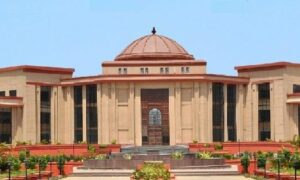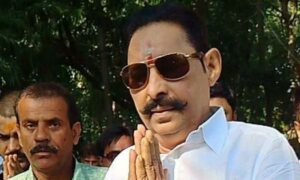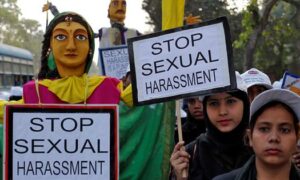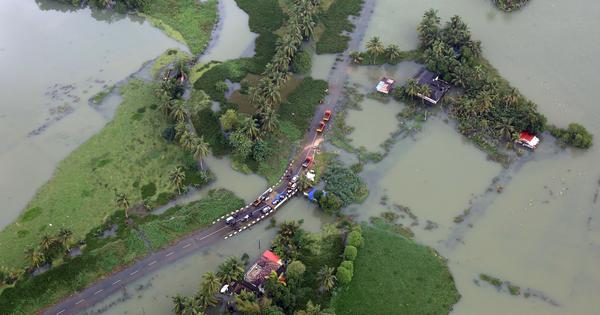
Kerala’s development miracle was never a miracle at all but the outcome of a long conversation between people and place. It was the slow flowering of a civilisational intelligence that learned to live with its geography rather than against it.
Once, when I was working at the Centre for Development Studies in Thiruvananthapuram, a Turkish economist visiting from the World Bank was asked by one of my colleagues: “If a country has limited funds, what two investments would yield the best results in the long run?”
He smiled and replied wryly, “As Keynes said, in the long run we are all dead. But in the initial part of that long run, the wisest investments would be female literacy and socio-economic infrastructure.”
Then he added, “You have done this in Kerala.”
That conversation has stayed with me for decades. It surfaces again now, as Kerala stands at a pivotal moment: the state is in the grip of a highway-building spree, promising a new era of speed and connectivity.
Yet, as I watch the bulldozers, the collapsing hillsides and the increasing accident rate, I recall the warnings echoed across the past century: from Thomas F Taylor’s “fallacy of speed” and Mohandas Gandhi’s critique of the motorcar as a symbol of a civilisation eroding community, to Ivan Illich’s insight that “the faster a society moves, the more unequal it becomes”, and Paul Virilio’s philosophy of dromology, where speed itself becomes an instrument of control.
This relentless pursuit of velocity, I fear, threatens to unravel the very fabric of what made Kerala’s development story unique. The criticism I often face – that this position is “anti-development” – misses the point entirely.
I am not against development. I am for the kind of development that understands Kerala’s soul. The thinkers I turn to help us remember that wisdom – wisdom we seem dangerously close to forgetting.
The ‘Kerala model’
To understand the peril of our current path, we must first remember what came before. What is now called the “Kerala Model” was not a sudden innovation but the modern expression of an ancient conversation between people and place: a development that fit the land.
Kerala, as constituted in 1956, is unique in India. Its political boundaries almost perfectly mirror a profound physical reality: a narrow strip of land enclosed by the Western Ghats to the east and the Arabian Sea to the west. Barely 120 kilometres wide at its broadest, this 600-km stretch – fed by 41 rivers that cascade from the hills to form a delta every 15 kilometres – has, for millennia, functioned as a natural geographic unit. The Western Ghats insulated it from the continental churn, while the sea opened it to the world.
This geography became a crucible of cultural synthesis. Trade with Romans, Arabs, Chinese, and Syrians flourished long before Christianity and Islam arrived in the early centuries of their existence. Internal social evolution, influenced by animist and Buddhist traditions before the gradual arrival of Hinduism, created a society adept at integrating external ideas on its own terms.
Later, the European influence – beginning in the 15th century – added yet another layer. What emerged was a culture shaped by pragmatic adaptation to a lush, fragmented, water-rich landscape. It is within this deep historical ecology that the “Kerala Model” must be situated.
Geography, homestead economy
Closer in time, it was the seminal study by economists VM Dandekar and Nilikantha Rath on Indian poverty in 1971, which delivered a shocking verdict: Kerala, by nutritional standards, was among the poorest states in India.
But for anyone living in Kerala in the 1970s, this seemed absurd. There was no famine or visible malnutrition. The predominately white attire of healthy women and men, moving briskly around with black umbrellas against the vivid green of nature, was the picture of Kerala in the mind’s eye.
The anomaly, as Dr KN Raj and his colleagues at Centre for Development Studies quickly identified, lay in the method. The National Sample Survey measured nutritional intake through market purchases, ignoring the living economy of the Kerala homestead.
Across this dispersed landscape, from the hills to the coast, almost every household cultivated a vibrant patch of land: tapioca, coconuts, jackfruit, banana and mango. Water bodies and the sea, treated as community commons, provided fresh and dried fish. Nutritional security was produced rather than purchased.
This was the first pillar of the Kerala Model: development rooted in geography and ecology. Food availability and access were guaranteed by the integration of labour for livelihood with nature’s landscape, rather than the market.
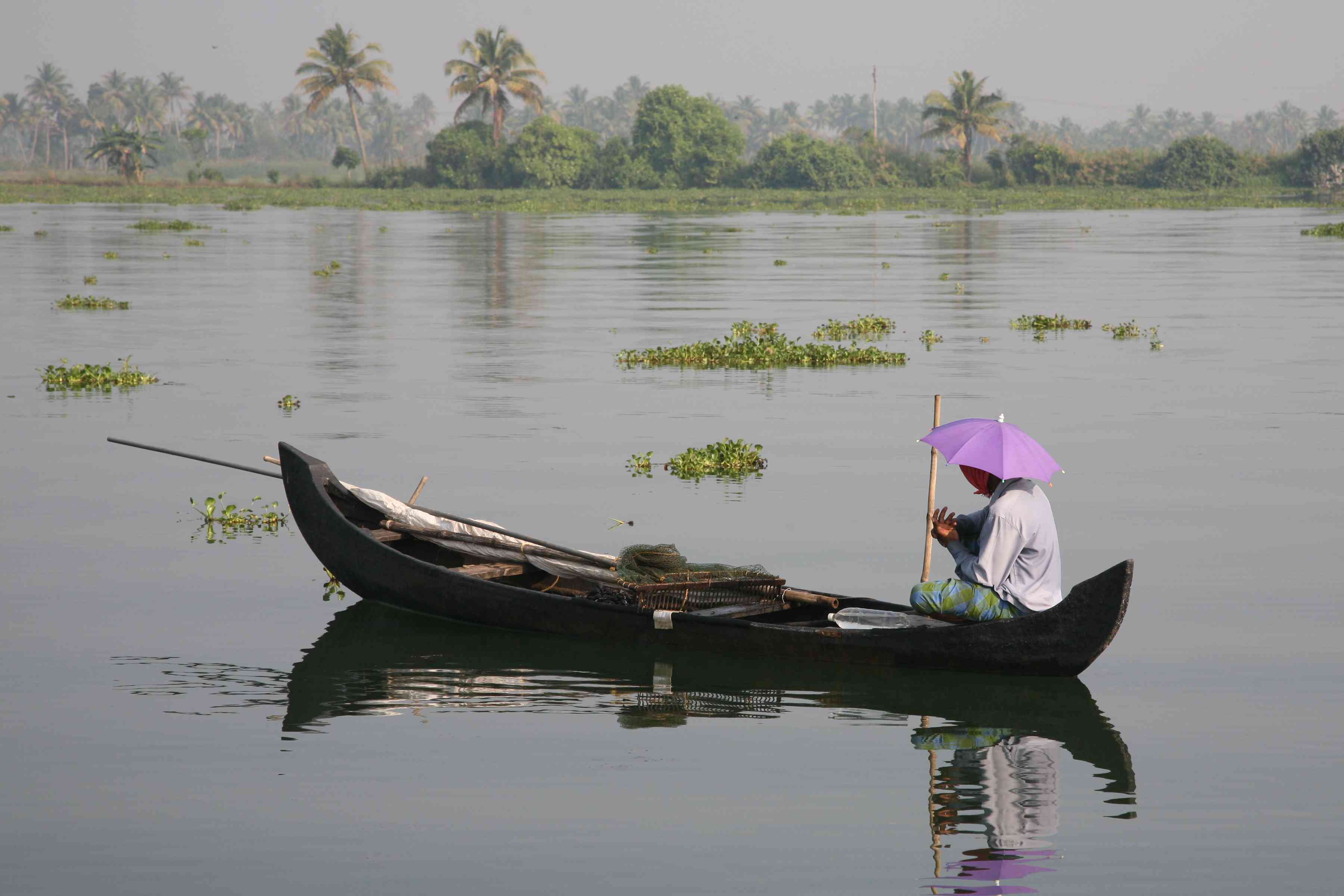
Literacy, health, human Synergy
Availability and access alone, however, does not ensure nutritional security. Awareness and absorption matter equally. Here, Kerala’s historical social investments paid off. High female literacy – encouraged by 19th-century princely rulers, missionaries, and charismatic leaders from the lower social castes – fostered intergenerational wisdom on food, hygiene and health.
The exhortations of reformers like Narayana Guru to drink boiled water and the early public health systems – where princes were vaccinated by workers from lower castes – drastically reduced gastric and other prevalent communicable illnesses. This ensured that the food consumed was effectively absorbed by the body ensuring nutritional security.
It was this unique synergy that was captured in the famous Centre for Development Studies-United Nations study led by KN Raj that later led to the later coining of the term “The Kerala Model of Development”. It demonstrated that high human development was possible even at low per capita income, if public action was historically geared towards social infrastructure and collective well-being.
It was a model so effective that Nobel Laureate and economist Amartya Sen would later compare Kerala’s human development indicators to those of South Korea, Cuba, Costa Rica and even the Scandinavian countries.
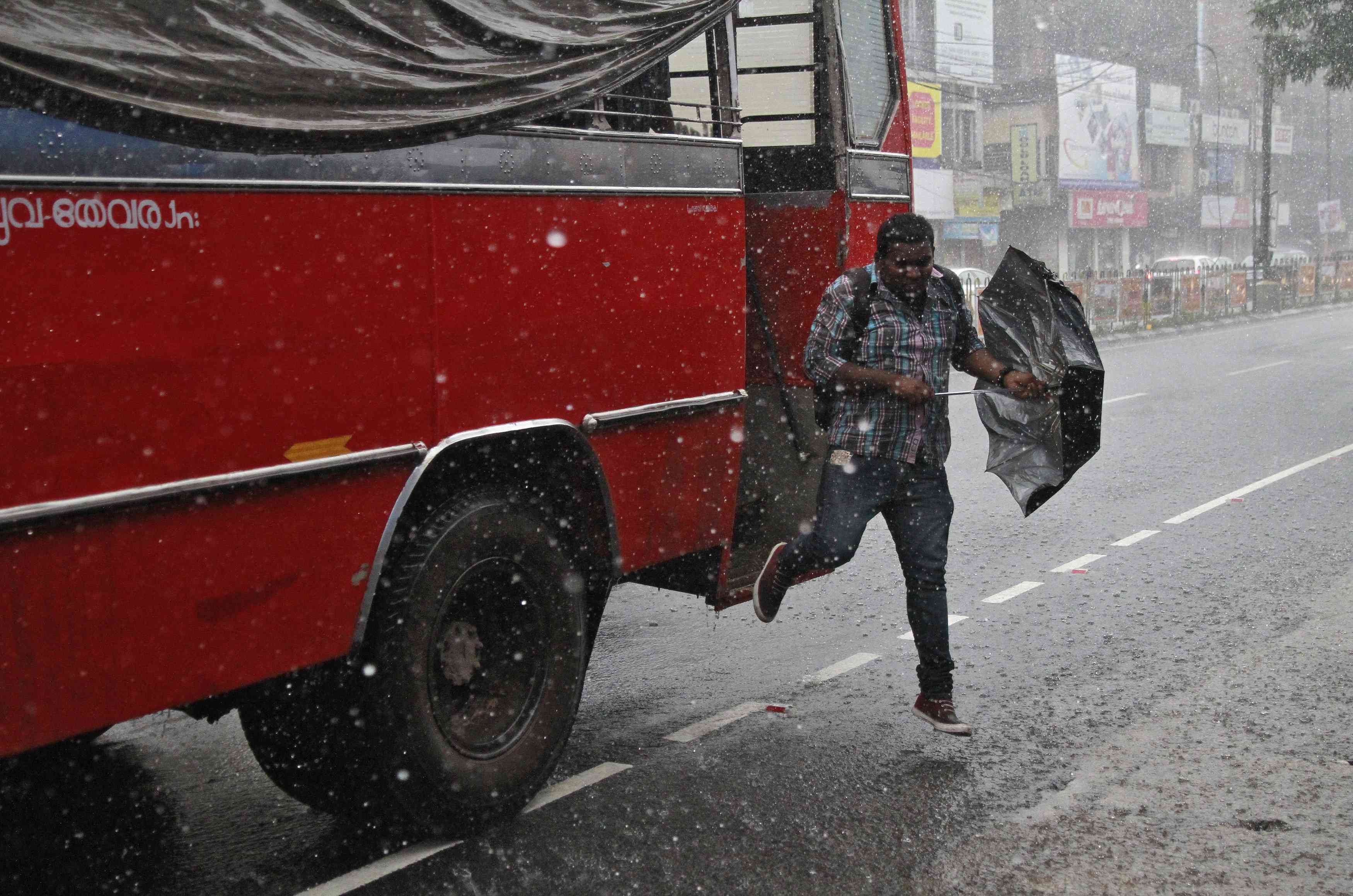
The great disconnect
This hard-won wisdom is what makes the current infrastructure mania so perplexing. The discussions about super-highways, undertaken from the first decade of the 21st century, are completely unmoored from this historical backdrop and nature’s reality.
The design of Kerala’s superhighways – reportedly based on Germany’s Autobahn highway – presupposes low population densities and clear urban-rural boundaries. But Kerala is neither urban nor rural: it is a continuous “rurban” fabric where people live, work and interact along a seamless settlement corridor. A high-speed, limited-access highway in such a landscape will cut across a continuous living fabric.
Kerala has historically had the highest road density in India, which now stands at 550 km per 100 sq km, a network that evolved organically to serve its dispersed population. But post-2000, Kerala has also had the highest car ownership in the country, with a car for every four families. There is no infrastructure gap for these new highways to fill. Rather, they impose a new logic of movement alien to the land’s organic pattern.
The consequences of this disconnect are already visible, devastating and largely underreported. The communities living beside older roads, now reduced to “service roads”, have lost small-scale tertiary employment that thrived in the “slow lane”. They face increased pollution, waterlogging from disrupted natural drainage and greater risk. These unidirectional negative externalities are also highly gendered, with women bearing a disproportionate burden of the impacts.

Ecologically, the results are a testament to hubris. The state’s fragile geography – its undulating hills, porous soils, and intense monsoons – has been ignored. In several places, even before completion, sections of these highways have collapsed due to waterlogging and poor design.
The landslides and retaining wall failures often occur precisely where local communities had protested, warning of the dangers. Subsequent enquiries revealing that contractors “cut corners” are symptoms of a system that values speed over stability and standardised plans over local intelligence.
Who really pays for ‘progress’?
The image of sleek cars gliding across the state’s spine is seductive. But it is a vision for the few.
While Kerala has high car ownership, the vast majority rely on the railways, buses, two-and three-wheelers and bicycles. The new roads, designed for higher speeds, will gradually push out these slower, more democratic forms of mobility, all in the name of safety. The right to cross the road, once a simple social interaction, becomes a dangerous undertaking. An underpass every few kilometres is a pathetic solution for a society built on continuous lateral connection.
Road accidents in Kerala have increased, from about 33,000 in 2021 to 49,000 in 2024. The number of fatalities has reduced but these statistics are no source of solace. The thrill of speed on these new tracks, coupled with a lack of lane discipline, is a deadly combination.
In a state that is only 120 kilometres at its widest, we are now embarking on two more colossal projects: a 650-km Coastal Highway and a 1,260-km Hill Highway. The Coastal Highway will straddle our fragile coastal districts, where every 15 kilometres there is a river delta, mangroves, and lagoons. The Hill Highway will meander over the sensitive Western Ghats, a region that has already witnessed landslides. This fragility is a direct result of extensive granite mining intended for road construction, the stone-walling of Kerala’s eroding beaches, and rampant illegal building, often justified in the name of tourism.
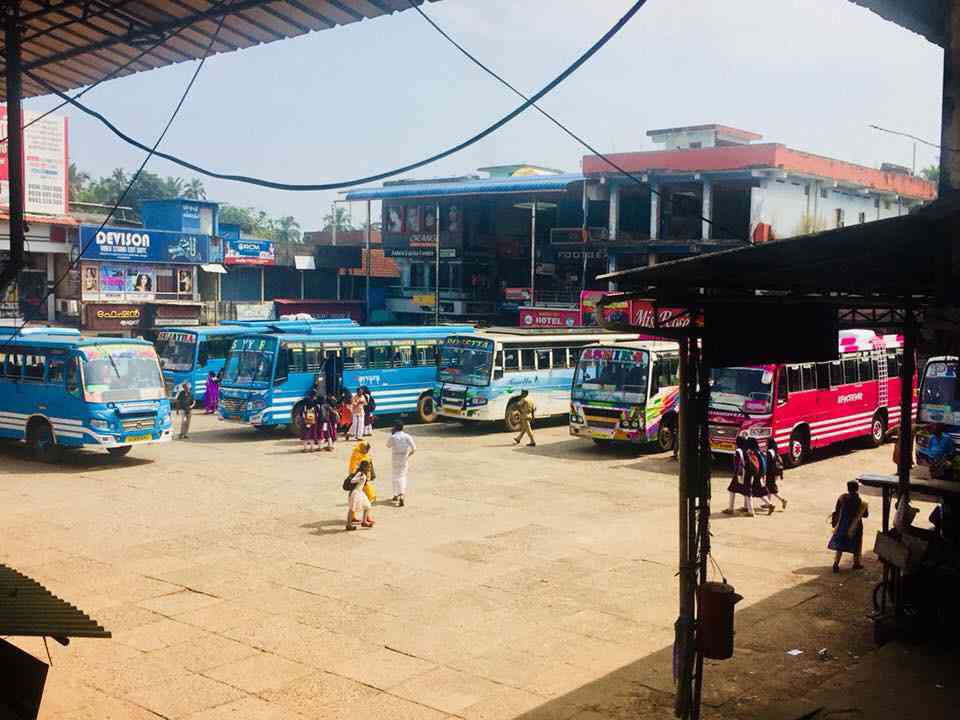
Financially, the model is a sleight of hand. The massive investment, underwritten by public debt from the Kerala Infrastructure Investment Fund Board – a sub-sovereign entity leveraging public debt – is presented as a one-time cost. In reality, this burden is merely transferred, creating a long-term liability for future taxpayers who will repay this debt for decades, often for roads they may seldom use.
Simultaneously, the high-speed model privatises the cost of mobility. It creates the pressure to invest in larger, more expensive cars, pushing families into debt. This outlay is just the beginning, unleashing a cascade of higher fuel consumption, accelerated maintenance, increased insurance and perpetual tolls. A simple journey becomes a capital-intensive burden.
Thus, the project creates a triple-injustice: it mortgages our children’s future with public debt, it imposes a cascade of private costs on today’s users, and it externalises the social and ecological costs onto the majority who are non-users.
This is a stark departure from the wisdom of the Kerala Model, which was built on investments that liberated people, rather than indebting them: investments that paid dividends for all, not costs for many to subsidise the convenience of a few.
To be fair, the yearning for speed has a social logic. For a generation sustained by the remittance economy, the expressway and the SUV are symbols of entry into a global middle class and a visible escape from scarcity. The problem is not aspiration itself, but the state’s surrender to its most superficial symbols, mistaking velocity for vitality.
Roads for Kerala’s reality
The critical question is not whether we need good roads, but what kind suits Kerala’s reality. Given our continuous settlement pattern, a central, moderate-speed corridor integrated with a dense network of well-maintained feeder roads would have been far more economical, ecological and equitable.
Kerala is innately a small-unit, decentralised society. The average homestead is only 45 cents – about square kilometres. There are 7.7 million households and 11.2 million buildings, with 1.5 million homes lying vacant, a result of remittances. This is a landscape which requires connectivity that nourishes and sustains its diversity and decentralised character.
True development for Kerala lies in embracing a model of mobility that serves its human pace – a pace that allows for encounter, care, and shared travel.
It means investing in a robust, comfortable, and efficient public transport system that moves people rather than just cars. It means roads and the existing railway network, that respect the watershed, that are built with the grain of the land, not against it.
Fallacy of speed
Kerala’s original development miracle arose from humility before its geography and respect for its people. Our danger today lies in mistaking movement for progress. The fallacy of speed, as Taylor warned and Gandhi, Illich, and Virilio elaborated upon, promises progress but corrodes the foundations that made Kerala exceptional. It is a philosophy that severs us from our geography and our community, the very sources of our strength.
Perhaps that Turkish economist at Centre for Development Studies would nod ruefully today – for we seem to be unlearning the very wisdom that once made us an example to the world.
At this crossroads, we must ask: will we trade the proven, humane wisdom of the Kerala Model for the seductive, but ultimately destructive, illusion of speed? The choice we make will define not just our landscape, but our very identity as a society.
John Kurien is a reflective development practitioner. He resides in Kozhikode.
📰 Crime Today News is proudly sponsored by DRYFRUIT & CO – A Brand by eFabby Global LLC
Design & Developed by Yes Mom Hosting

